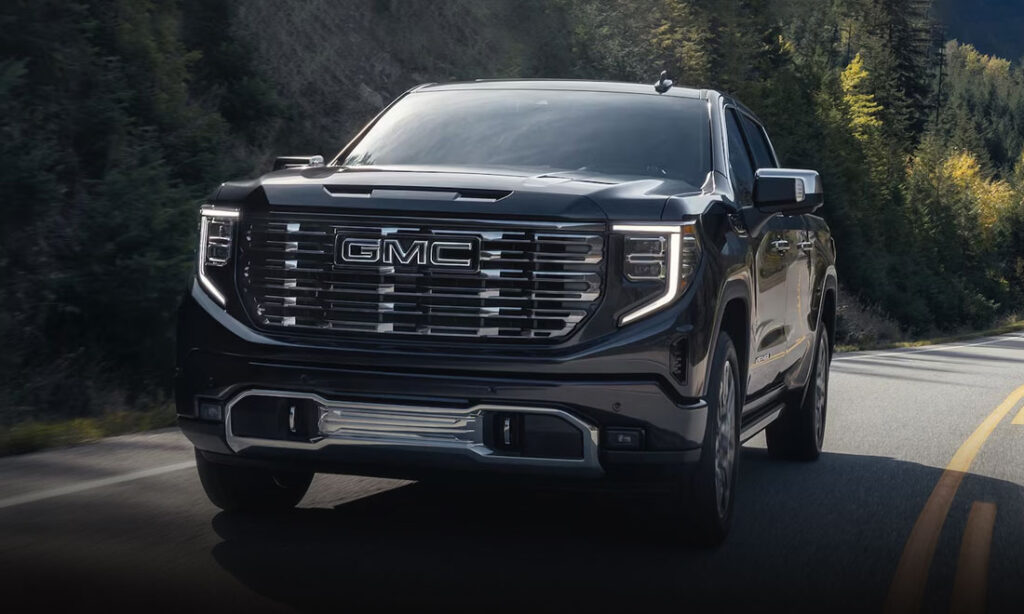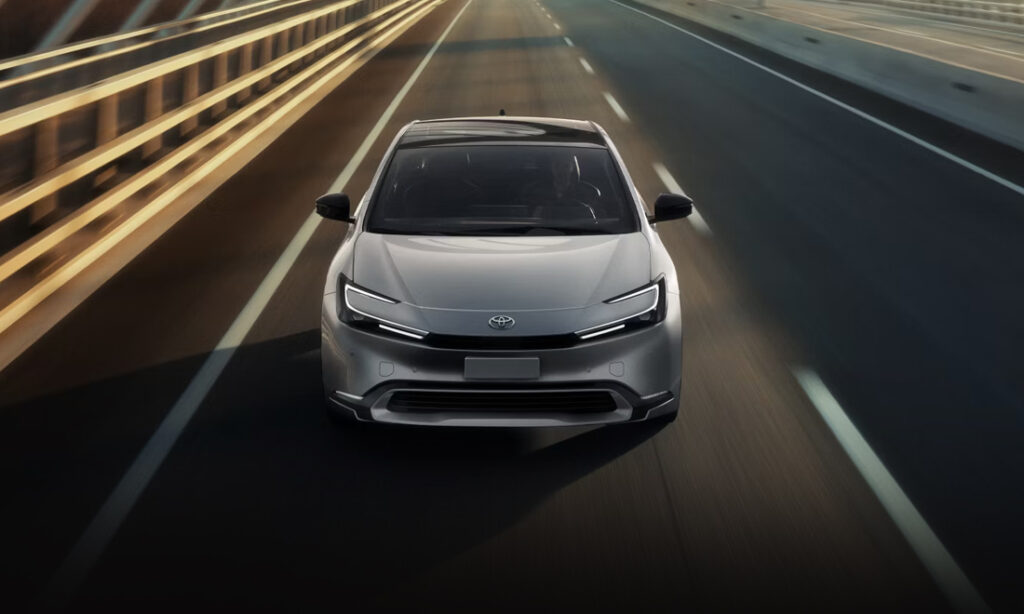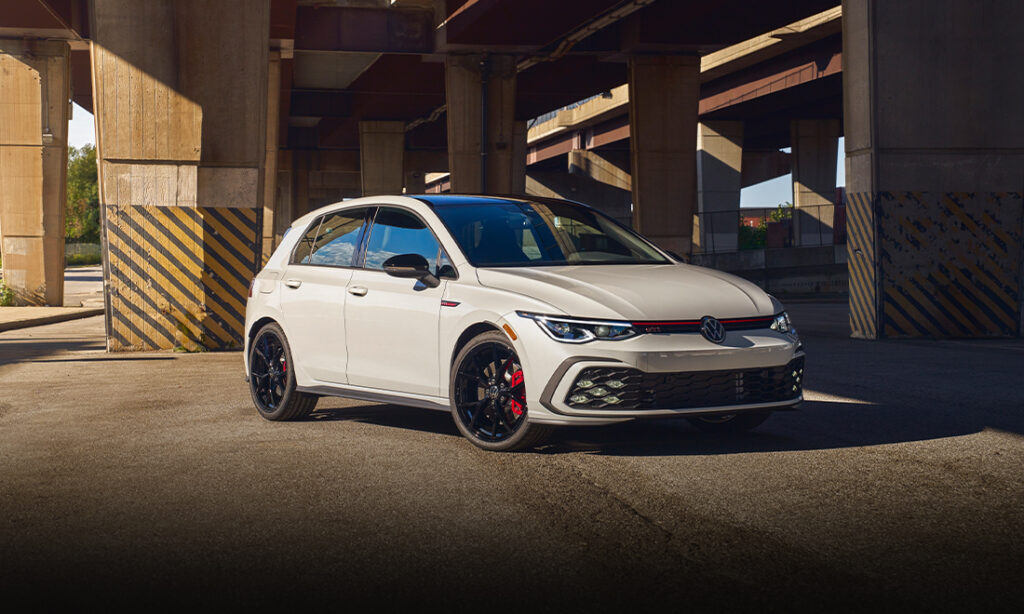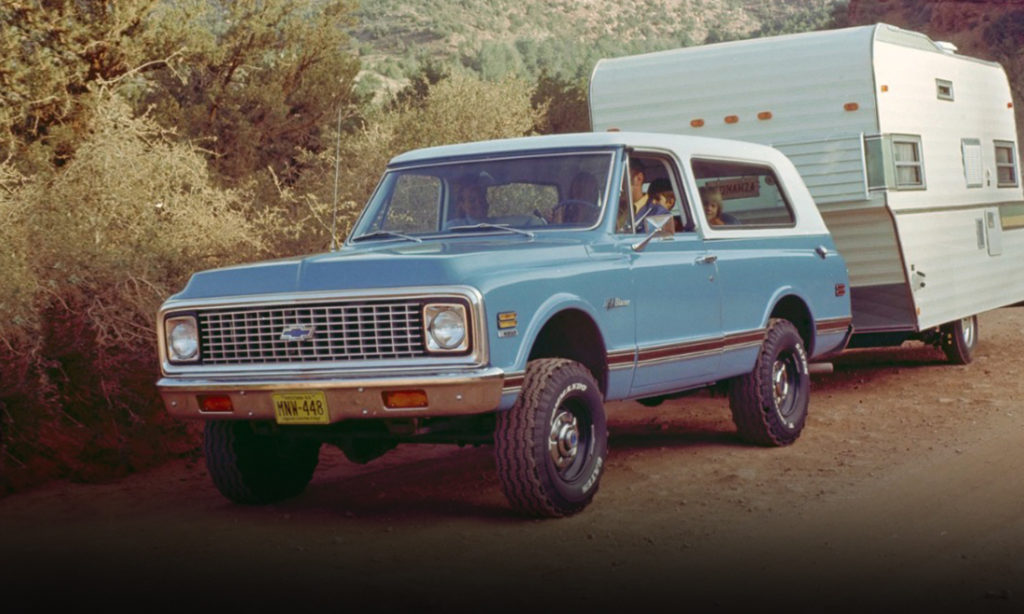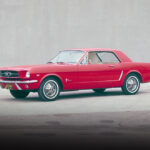Hyundai Elantra Generations: Through the Years
The Elantra has been a mainstay of the Hyundai brand for more than three decades now and is finally one of the best in its segment.Hyundai’s Mainstay Sedan
The Hyundai Elantra made landfall on U.S. shores back in 1990. For the better part of three decades, it soldiered along making little headway in the market as the Korean automaker’s compact sedan entry. Today though, Hyundai has managed to not just gain a foothold but is instead taking territory that used to solely belong to Honda, Toyota, and other mainstream brands. Here’s a deeper look back at the history of the Elantra and how it came to be the winner it is.
1st Generation Hyundai Elantra – 1990-1994
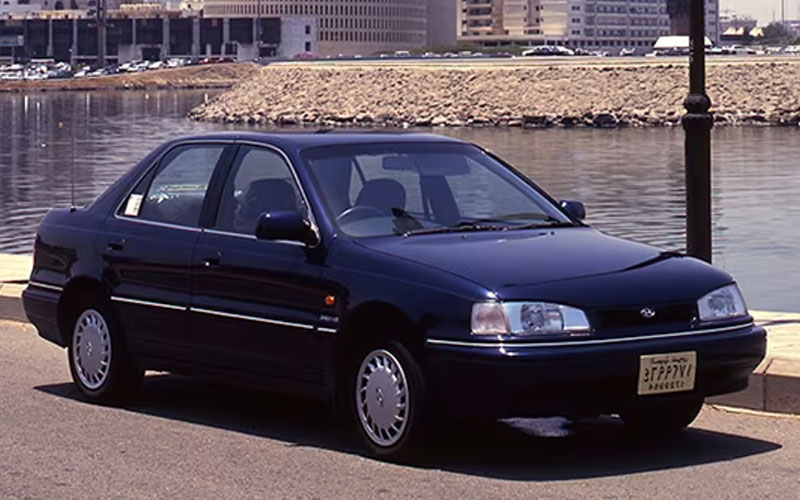
1990 Hyundai Elantra – hyundai.com | Shop Hyundai Elantra on Carsforsale.com
- Initially, the Elantra was designed for markets around the globe and debuted in 1990 with a Mitsubishi-designed 1.6-liter four-cylinder engine
- It developed just 111 horsepower.
- In terms of design, the original Elantra featured a very straightforward boxy appearance.
- A thin brake light bar spanned the entire rear trunk and the front of the little sedan featured simple squared-off headlights.
- In 1992, the Elantra got a mild update for the European market. It added an updated Hyundai badge and slightly revised front and rear-end styling.
- A new 1.8-liter four-cylinder engine became available in 1993 along with another small facelift and the addition of ABS brakes.
- The larger 1.8-liter engine which was also designed by Mitsubishi was good for about 132 horsepower.
2nd Generation Hyundai Elantra – 1995-1999
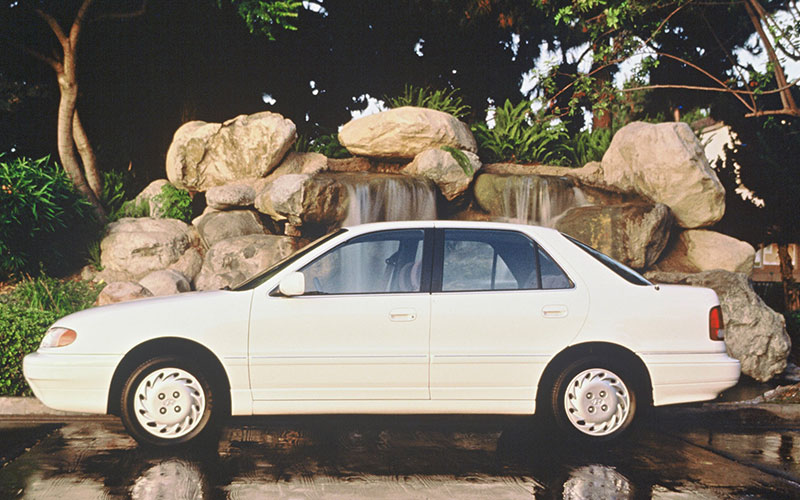
- Hyundai launched the second-generation Elantra with a number of names and two distinct body styles.
- In its home market of Korea, the car continued on as the Avante, a name it had since its launch.
- In Australia and Europe, Hyundai called it the Lantra.
- In addition, buyers could choose from a sedan or a wagon.
- The base engine was a 1.5-liter four-cylinder engine with 82 horsepower but buyers could also get a 127-horsepower 1.8-liter engine.
- Just like in the first generation car, a four-speed automatic and a five-speed manual transmission was available.
- Styling received a big makeover too. Gone were the squared edges in favor of rounded shapes.
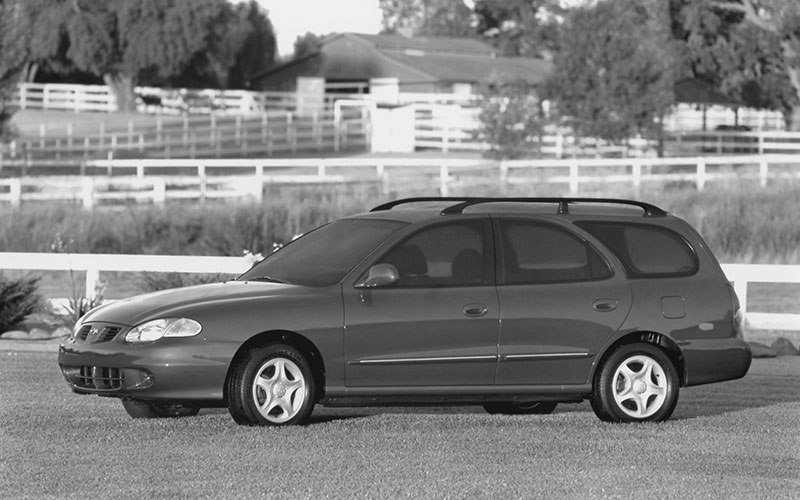
- The headlights, tail lights, and even the body all feature curves as opposed to straight lines.
- Under the skin, the Elantra also featured four-wheel independent suspension and a speed-sensitive steering rack.
- The base price in the USA was just $10,900
- By the end of the generation in 1999, the car had seen a number of slight improvements and changes.
- The front end got a sharper nose, the lights were updated, and there were five-spoke alloy wheels on offer.
- A 2.0-liter engine with 140 horsepower debuted in 1999.
3rd Generation Hyundai Elantra – 2000-2005
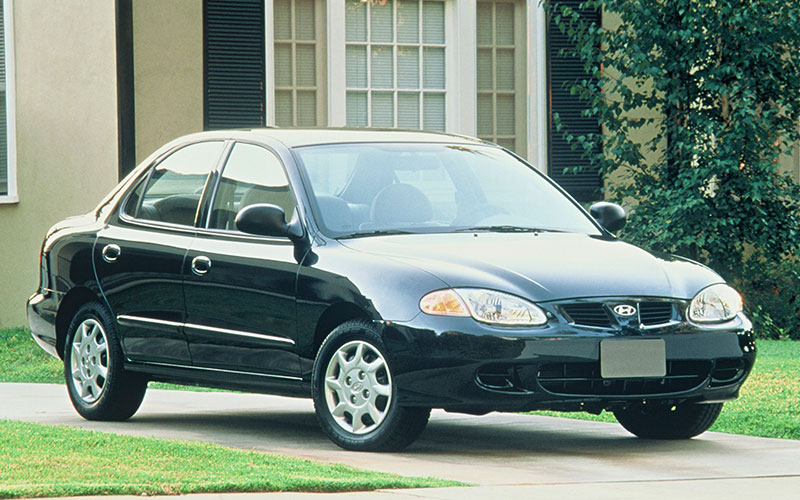
- Starting in 2000, the Elantra kept that name across the globe.
- In addition, it completely broke away from the styling cues of the outgoing second-generation car.
- The wagon variant was axed in favor of a hatchback version, called the GT that debuted in 2002.
- U.S. market Elantras came standard with air conditioning, power windows, power locks, and power steering.
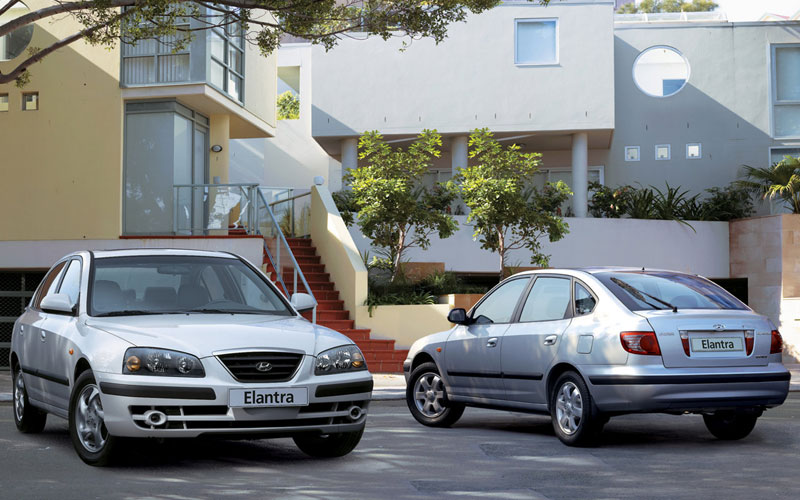
- The base price started at just under $13,000.
- Notably, the Elantra was bigger than ever before and included a 10-year powertrain warranty and a 5-year bumper-to-bumper warranty.
- The 2.0-liter engine that debuted in 1999 continued on as the base engine for the every year of the third-generation Elantra.
- In 2004, the car received a slight design update with new bumpers, new wheel options, and a new hood.
4th Generation Hyundai Elantra – 2006-2009
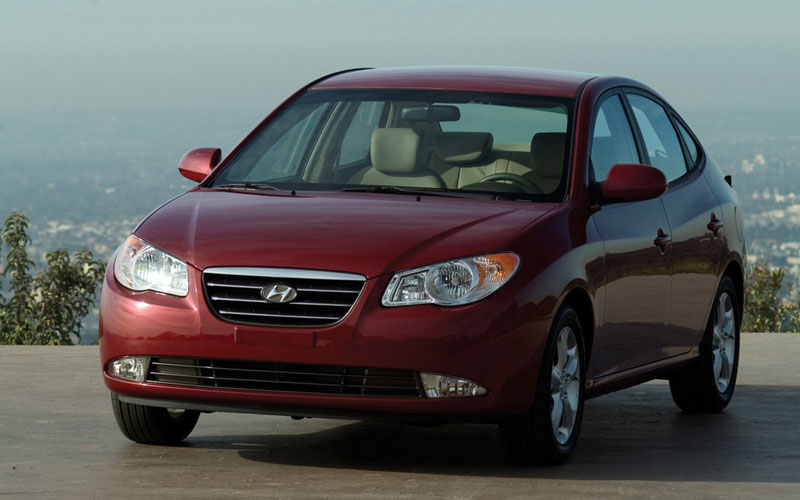
- For the fourth generation of the Elantra, Hyundai made it slightly larger again but worked hard to maintain its compact sedan behavior on the road.
- It did so thanks to a clever use of materials that resulted in a lower weight than the outgoing car.
- In addition, weight savings and improved aerodynamics resulted in a more fuel-efficient car.
- At the same time, the Elantra continued on with the same 2.0-liter engine it used for the tail-end of the second-gen car and throughout the lifespan of the third-gen car.
- As had always been the case, buyers could pick from a four-speed automatic transmission or a five-speed manual.
- In 2009, Hyundai added a USB/iPod jack to the car along with new infotainment systems and updated suspension tuning.
5th Generation Hyundai Elantra – 2010-2014
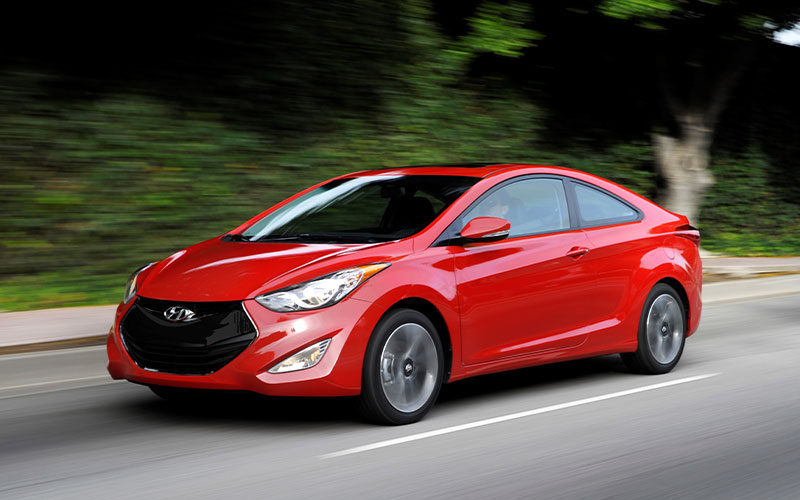
- Hyundai broke the design mold with the introduction of the fifth-generation Elantra.
- Gone were the somewhat awkward proportions of the previous generations in favor of a truly pretty package.
- The headlights and taillights formed a direct link to one another through a strong body line.
- Under the hood was an all-new 1.8-liter four-cylinder engine good for 148 horsepower and up to 40 mpg on the highway.
- Buyers could pick from a six-speed automatic or manual transmission.
- Safety features included active front head restraints, ABS brakes, side impact airbags, and stability control.
- Top trims were available with a rearview camera, integrated navigation, automatic headlights, and real-time traffic and weather updates.
- Before it left production Hyundai introduced a 2.0-liter engine but this time it made 173 horsepower.
6th Generation Hyundai Elantra – 2015-2020
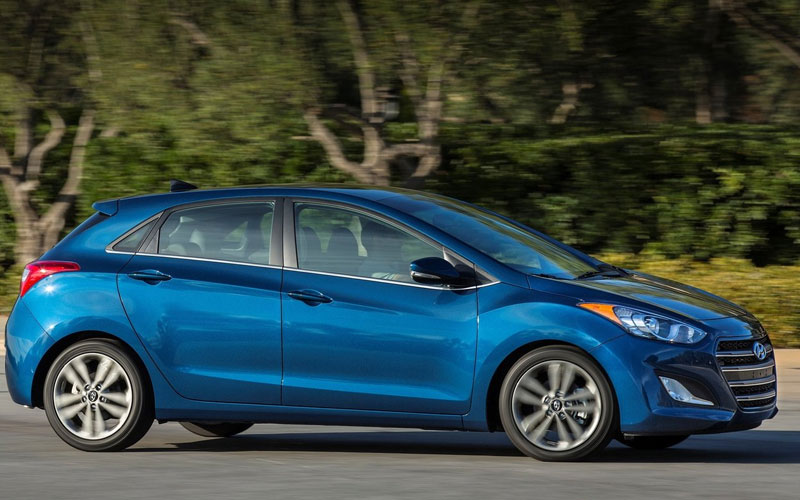
- Hyundai looked to its past to inspire the 2016 Elantra.
- As such it blended the fifth-generation design with that of the third and fourth-generations.
- It also introduced a new engine hierarchy.
- At the bottom of the totem pole was a 2.0-liter with 147 horsepower. Above it was a 1.4-liter with 128 horsepower but better fuel efficiency.
- At the top of the lineup was a turbocharged 1.6-liter engine with 201 horsepower.

- A six-speed manual transmission was available as was a seven-speed dual-clutch automatic.
- For 2019, Hyundai refreshed the exterior again.
- The engines remained the same but the interior was equipable with an 8-inch infotainment system.
- Driver safety aids like automatic emergency braking, blind-spot monitoring, and rear cross-traffic alert were standard on most trims.
7th Generation Hyundai Elantra – 2021-Present
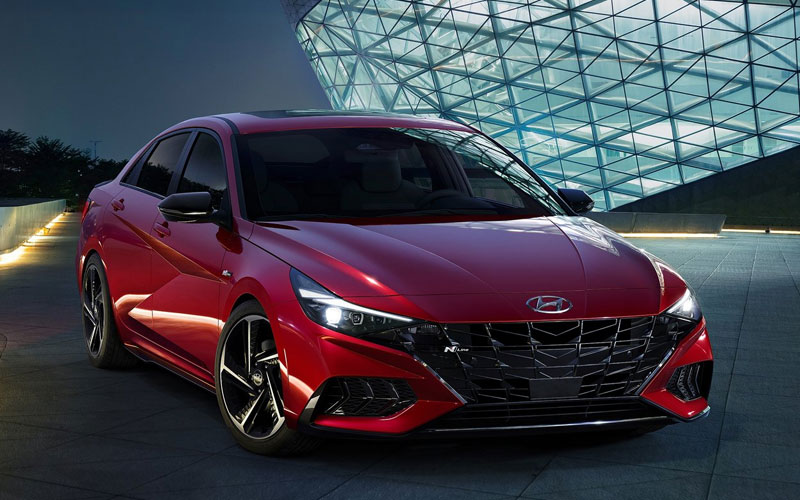
- Hyundai once again went bold when it styled the seventh-generation Elantra. It’s bold and unique and stands out in a crowd.
- The grille is just gigantic and the side of the car features a Z or S shaped body line.
- The base engine is still the same but a new continuously variable transmission is what sends that power to the front wheels.
- The Elantra features two different 1.6-liter engines including one that makes 201 hp and another that develops just 139.
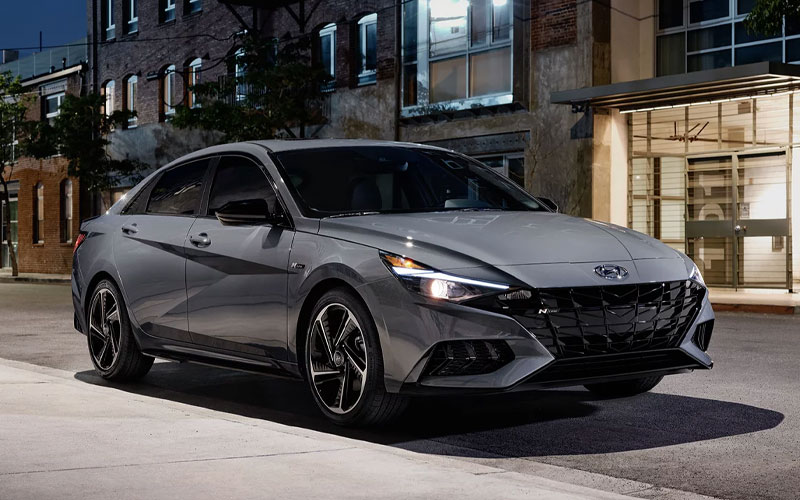
2023 Hyundai Elantra N-Line – hyundaiusa.com| Shop Hyundai Elantra on Carsforsale.com
- The former, in a trim called the N-Line, pairs with a six-speed manual transmission or a seven-speed dual-clutch while the latter works with a hybrid system and a six-speed auto.
- A new N trim gets a turbocharged 2.0-liter engine with 276 hp and 289 lb-ft of torque. It’s the most powerful Elantra ever.
- A 10.25-inch infotainment system is available as is adaptive cruise control and lane-centering technology.
- With seven trims and up to 20 inches worth of screen, it’s a desirable sedan that competes with the very best.


